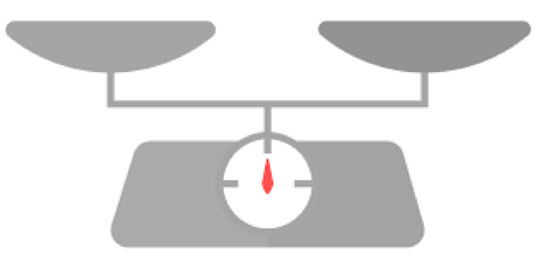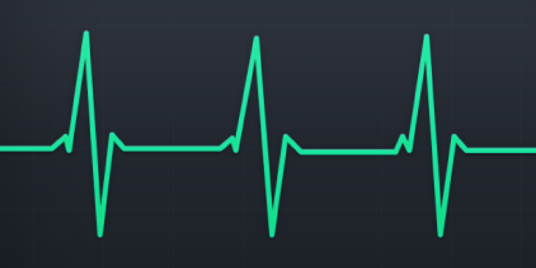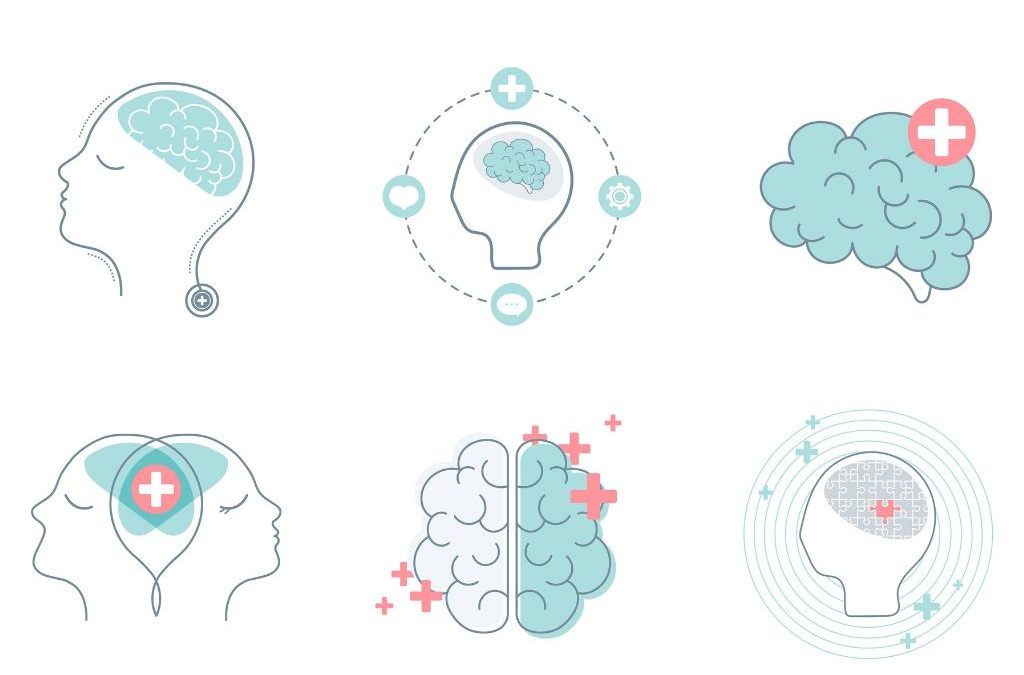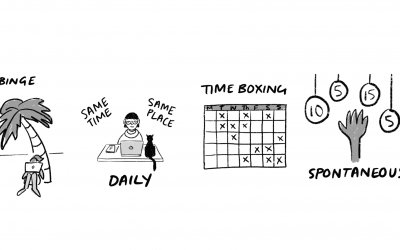While there are lots of tactics you can use to keep procrastination at bay and stay motivated with your work, there’s no right or wrong way to approach a writing project. Saying that, scientist and author Cal Newport has identified four writing philosophies – figuring out the pros and cons of each can help you find an approach that works for you.
Writing as deep work
Writing is the ultimate ‘deep work’ activity – to become a better writer, you need to practice your skills in a state of distraction-free concentration. That’s not easy in today’s hyper-connected, over-busy world.
Digital minimalist and advocate of so called ‘deep work’, Cal Newport, understands that everyone has different pressures and preferences.
He found four philosophies that work in practice – by figuring which best fits your life and your psychology you’ll reduce stress, maximise your time and writing output.
>> Read more: How to make time to write – 4 approaches to finding time in busy schedules
Writing type 1: Monastic

When you take a monastic approach to writing you cut yourself off from the outside world and all her distractions.
You got it – no email, no Facebook, no laugh-out-loud memes or internet wormholes; in short no interruptions or obligations beyond the singular task at hand.
For some people, becoming a monk is the only way they can achieve their goals – but it comes with a cost.
This approach works for people with well-defined professional goals, whose success depends on meeting their goals.
Take science fiction writer Neal Stephenson whose writing productivity comes down to a simple equation: distraction equals fewer words.
“If I organise my life in such a way that I get lots of long, consecutive, uninterrupted time-chunks, I can write novels. But as those chunks get separated and fragmented my productivity as a novelist drops spectacularly.” – Neal Stephenson.
- Pros: You have the potential to make huge leaps in your writing and really get stuck in.
- Cons: This approach requires a very strong will and a very understanding family/boss! As such it’s pretty rare.
Writing type 2: Bi-modal
 The ‘bi-modal’ approach involves periods of concentration interspersed with periods of engagement and sociability. It offers a far more practical writing-life balance than going monastic.
The ‘bi-modal’ approach involves periods of concentration interspersed with periods of engagement and sociability. It offers a far more practical writing-life balance than going monastic.
Newport suggests clearly defined stretches of deep work, for example a couple of days per week; the rest of the time you can attend to all the requirements of modern family and working life. And Twitter.
This approach is favoured by self-confessed binge writer Cheryl Strayed. A mother of two, with a podcast to record, columns to write and speaking engagements, she writes at the edges of most days – but to make progress on her books she needs to go deep.
“There is something about that uninterrupted time that works far better for me than every day.” – Cheryl Strayed
Strayed identifies these short stretches in advance and allocates them to writing. If day-long stretches for writing feels like a fantasy, the next approach might work for you.
- Pros: You can achieve a really good writing/life balance.
- Cons: Two full days a week dedicated to writing is still a luxury for most people.
>> Read more: Finding time to write: the deep worker
Writing type 3: Rhythmic

Taking his inspiration from Seinfeld’s writing chain – tracking on a calendar for each day he wrote with the goal of not breaking the chain – Newport recommends the rhythmic approach of daily practice. To help you build a rock-solid routine, he suggests setting a start time for each day to lead to a predictable, guilt-free schedule.
A daily writing habit has science’s backing as the most productive method for getting words on the page. Newport admits that a daily habit helps people log a larger total number of deep hours than the others. However, because the sessions are shorter, they lack the deep thinking of the monastic or bi-modal approaches.
Many writers choose to work first thing, when there are fewer interruptions. And, once your session is done, you’re free to spend all day splashing around in shallow work, otherwise known as ‘work’.
- Pros: Once you’ve done your work you can get on with your life.
- Cons: You can sometimes struggle to get really stuck into a project if you write in short bursts.
>> Read more: Tash Willcock’s tips on building a daily creative habit.
Writing type 4: Journalistic

Newport’s fourth and final psychology is ‘journalistic’ which involves being able to write at any time of the day or night, whenever an opportunity arises.
Journalists can switch into a deep mode of working on demand, for short periods of 20 minutes to an hour – and still make progress.
However, this spontaneous writing requires a level of skill developed over years of practice, honed by deadlines and demanding editors. For those of us without the experience, this sort of task switching will deplete our willpower and make it harder to concentrate.
- Pros: You can flexibly fit writing into your day and be very productive.
- Cons: You need to be experienced to pull this off and have the ability to quickly switch off from the world.
What’s your writing philosophy?
- How easy do you find it to switch off from work, family and social media?
- Are you able to organise your life so you have clear defined times for writing?
- Are those chunks minutes, days or weeks long?
- Do you have a regular daily routine so you can slot writing in either at a fixed time or spontaneously grab opportunities throughout the day?
- Are you able to switch into writing mode quickly, or does it take a while to warm up?




